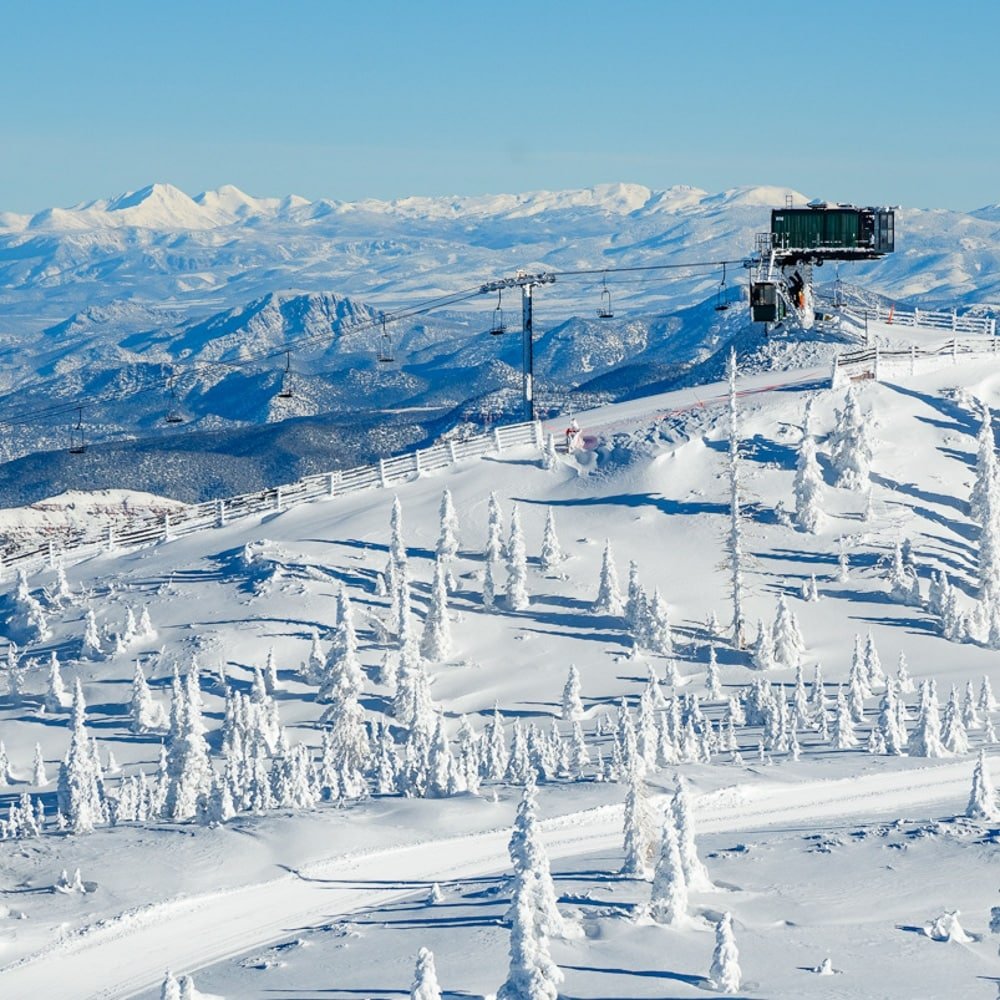
About Brian Head
Highlights
The Summit is an ideal basecamp for exploring Utah's "Mighty 5" National Parks: Arches, Bryce Canyon, Canyonlands, Capitol Reef, and Zion. The development will include enhancing both summer and winter activities for outdoor enthusiasts, visitors, and residents. Improvement features include additional ski lifts, expanded ski trails, and new public hiking and biking trails. The Summit will sit on and adjacent to Brian Head Ski Resort for a literal ski-in ski-out experience.
Since new ownership of the ski resort in 2012, skier visits have risen 50% primarily thanks to the infrastructure improvements, ski resort enhancements and increased marketing to Southern California. The new Bristlecone Park & Pond has become a summertime favorite. Increased summer tourism in Brian Head has resulted in higher demand for mountain biking, ATV rentals, hiking and camping.
Brian Head Resort offers The Greatest Snow on Earth®, with annual average snowfall of nearly 360 inches, and Utah’s highest base elevation. Covering over 660 acres, the Resort has two connected mountains, Giant Steps and Navajo. They offer 71 runs, 8 chair lifts, and 3 surface lifts. Brian Head is a ski destination for Southern Utah and the Southern California, Arizona, and Las Vegas. It is located 3.5 hours north of Las Vegas, 4 hours south of Salt Lake City and 45 minutes from Cedar City.
History
For generations, this breathtaking alpine landscape was home to numerous pioneer cabins, established through the Federal Homestead Act of 1862. Signed by President Abraham Lincoln, this act granted Americans up to 160-acre parcels of public land, facilitating the expansion of the western territories. Among the early settlers in the upper mountain regions of Iron County, within and around Aspen Meadows, were families bearing notable local names such as Burton, Lyman, and Adams, along with many others.
In the years that followed, the land surrounding Aspen Meadows and Brian Head was incorporated into Dixie National Park in 1906. By the late 19th and early 20th centuries, the broader Brian Head area had earned the nickname "Little Ireland," a nod to the Adams family of Irish descent, who used the land for dairying and as summer grazing grounds for sheep and horses. Residents from Cedar City and Parowan City fondly recall visiting the area in the 1940s and 1950s, feeding two horses, Prince and Ranger, in the pastures near the entrance to Aspen Meadows along Old State Highway 143. Portions of Aspen Meadows and adjacent lands extending into U.S. Forest Service territory were also once sites for logging operations and a cheese factory.
Over the past 60 years, this land has remained in private hands, passing through three different ownership groups of the Brian Head Resort. Each group shared a vision of the land's future as a site for recreational activities and expanded ski terrain, dating back to Burt Nichols in the early 1960s. Locals still cherish memories of "Burt’s Road to Nowhere," now known as Aspen Meadows Drive, a name that continues to honor Burt’s legacy.
Brian Head STATISTICS
Brian Head has seen an incredible increase of visitors over the past decade. Due to limited lodging options, many visitors must travel to Cedar City for overnight stays.
Brian Head visitors reported by Dixie National Forest
Many nearby parks to which Brian Head is central to, have experienced similar growth in both visitation and tourism spending from out-of-state visitors.
2021 Iron County Tourism Spending by State
Nearby park Visitors Reported by National Park Service
925,000 JOBS
$104.5 BILLION
In Outdoor Recreation Spending in the Intermountain West
142,000 JOBS
$8.17 BILLION
In Utah Outdoor Tourism Spending
2,372 JOBS
$110 MILLION
In Iron County Tourism Spending
State of Utah
$5.75 MILLION
Investment to expand tourism beyond the Mighty 5 Parks with a goal to generate ~ 2 million trips.
Cedar Breaks national Park
42% Increase
In Annual Visitation Since 2010 and 84% Since 2006
Travel Related
Sales Tax + 14.5%
2015 - 2016
Leisure & Hospitality Jobs
+ 9.8%
Average Hotel Occupancy
+ 3.8%



